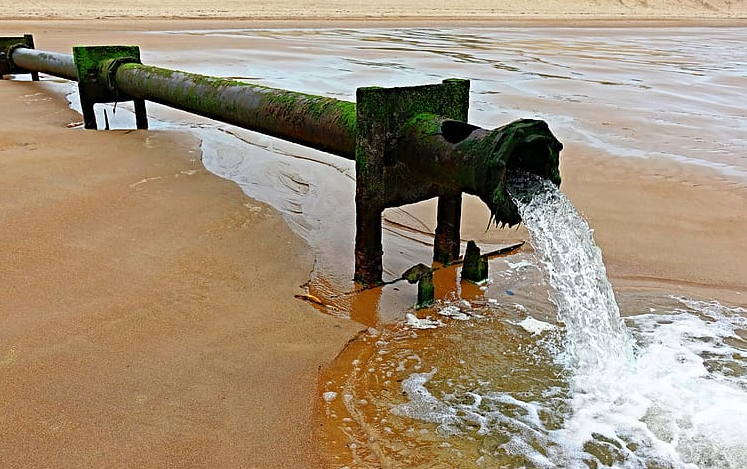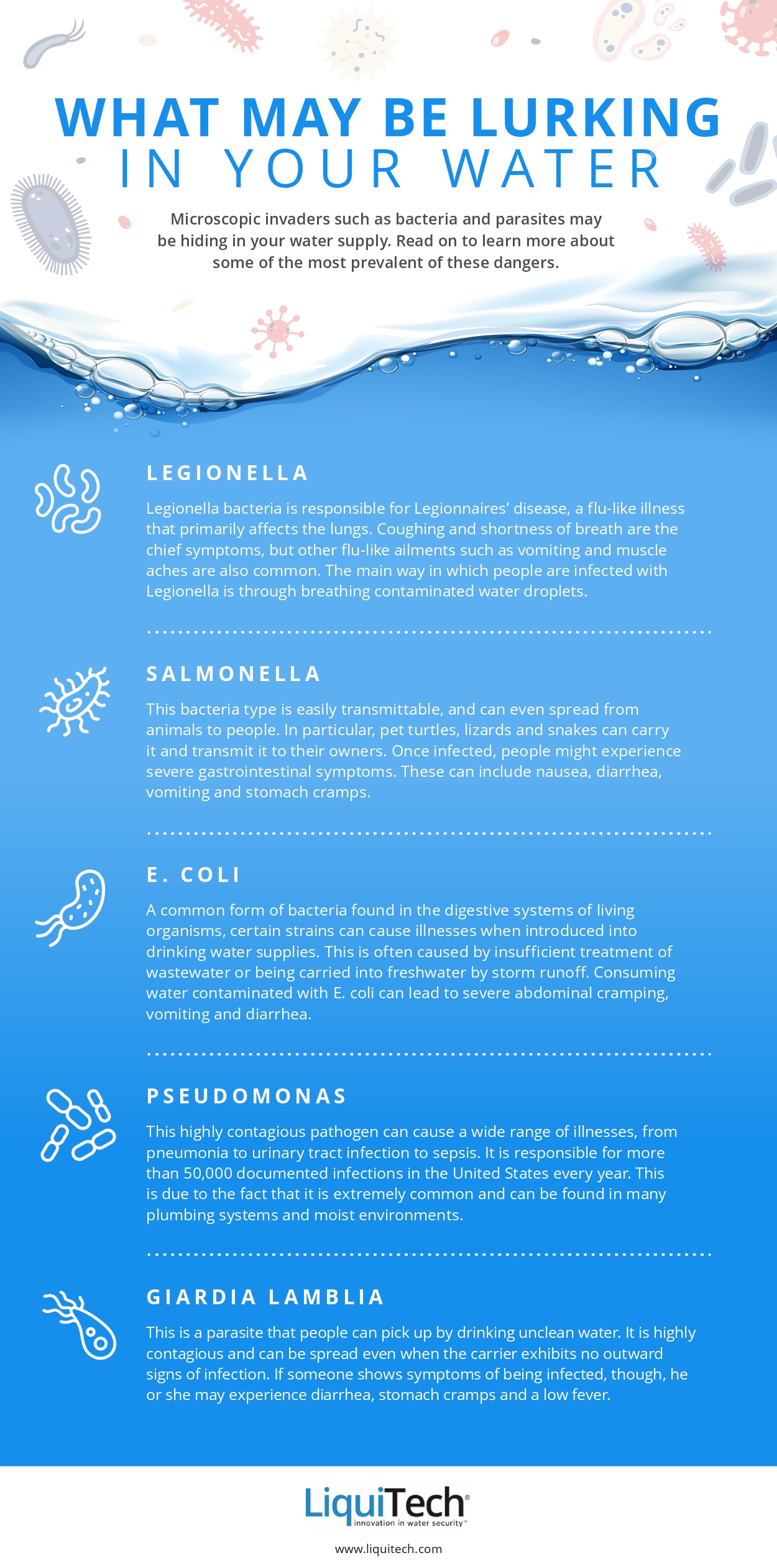 The technology many parts of the world utilize to ensure that the water leaving their faucets is as healthy as possible have come along way. Despite these many advancements, more and more families are experiencing contaminations within their water, leaving them sick with unwanted conditions. Various viruses, bacteria and parasites are all culprits that can slip into surrounding bodies of water and infiltrate nearby homes. This post will detail the ways in which this is possible, in addition to offering some unique solutions to avoiding these issues entirely.
The technology many parts of the world utilize to ensure that the water leaving their faucets is as healthy as possible have come along way. Despite these many advancements, more and more families are experiencing contaminations within their water, leaving them sick with unwanted conditions. Various viruses, bacteria and parasites are all culprits that can slip into surrounding bodies of water and infiltrate nearby homes. This post will detail the ways in which this is possible, in addition to offering some unique solutions to avoiding these issues entirely.
If you were curious about how possible contamination could occur, here’s one example: the forecast for your area is heavy rain. A few hours’ worth of rainfall can result in the fecal matter from surrounding farmland to be pushed into local bodies of water. These rivers or streams could then become infected with E. coli, a bacteria that can cause unpleasant gastrointestinal symptoms. An even scarier scenario, one that occurs in the home, comes from poor maintenance of air conditioning and sprinkler systems. If not properly maintained or monitored, these systems are ideal environments for the Legionella bacteria to thrive. For those unaware, Legionella is the bacteria that is responsible for Legionnaires disease which has been known to be detrimental to an individuals’ respiratory system.
All of the situations above spell clear danger for your family, but these only scratch the surface of the number of water contaminants that could be invading your home. An additional list of these contaminants has been included below:
Unfortunately, the list of bacteria that can infiltrate the home continues. A more commonly recognized bacteria, for example, is salmonella. Typically associated with food, salmonella has also been known to be spread through certain cold-blooded pets that are kept in the home. In order to avoid some serious gastrointestinal symptoms, always disinfect after coming into contact with these animals. Less commonly known, but still as threatening, is a pathogen known as pseudomonas. Again, this bacteria is most commonly found in untreated water sources, so tracking it can be difficult. In addition to this, with such a wide range of potential illnesses that those infected can face, it is certainly not a threat to scoff at. Finally, one of the last major parasites is known as giardia lamblia. This parasite typically attacks its victim through contaminated drinking water. When consumed, the parasite replicates and infects the host with giardiasis. With symptoms like diarrhea, stomach cramps and even fevers, this is the last parasite you should want in your home.
Hoping to learn more about these various contaminants in addition to ways to limit their exposure on your family? Take a moment and check out the infographic featured alongside this post for more valuable information.

Chris Ebener is a mechanical engineer for LiquiTech, with a proven track record of diagnosing and remediating public water system issues of various sizes and complexity. Ebener is an expert on the biochemical makeup of facility water systems, system architecture and various methodologies of public drinking water treatment.
